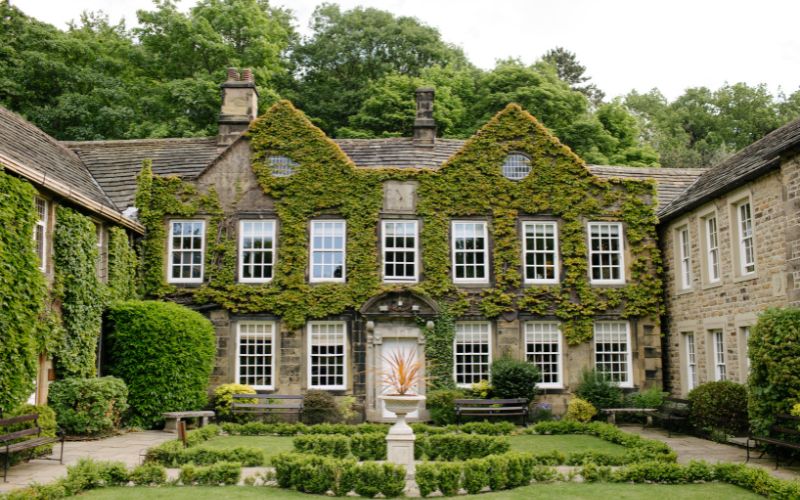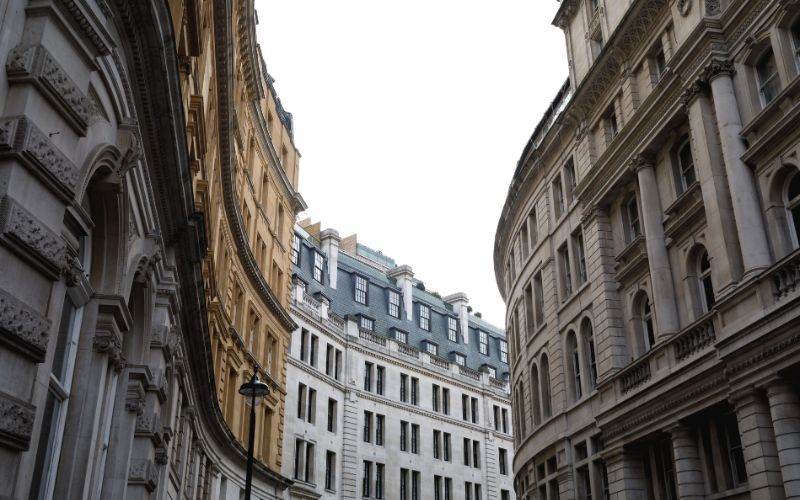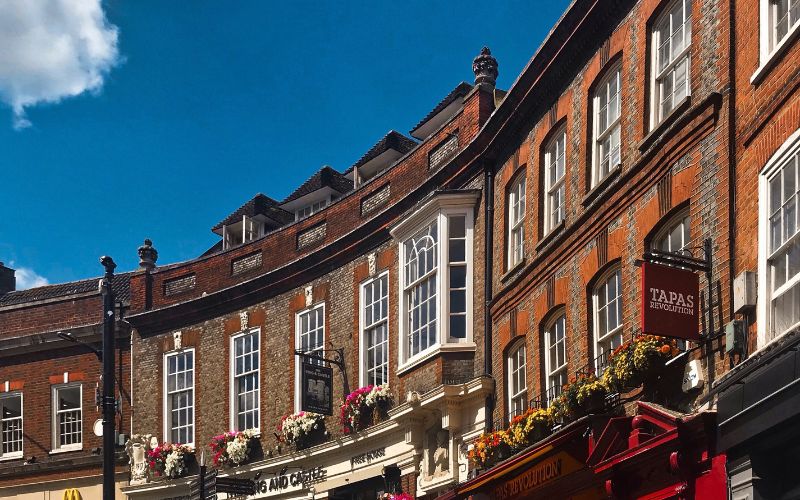The Government introduced their Minimum Energy Efficiency Standards for commercial properties this year, meaning all commercial builds must now have an EPC rating of E or above.
However, there are exemptions to the new regulations including some listed buildings that are not required to meet these standards.
Defining Exemption

The common misconception is that all listed buildings are exempt from MEES and whilst many are, there are still some that must comply with the Minimum Energy Efficiency Standards.
This comes down to the requirements outlined by the Government. Part 5 (1)(a) of the Energy Performance of Buildings (England and Wales) Regulations 2012 states, “buildings officially protected as part of a designated environment or because of their special architectural or historical merit, in so far as compliance with certain minimum energy performance requirements would unacceptably alter their character or appearance.”
In the latest version of the Minimum Energy Efficiency Standards (non-domestic property), the Government lists the criteria for checking your property’s exemption eligibility:
- Is your property not considered a domestic dwelling?
- Is your property legally required to have an EPC rating?
- Is the tenancy granted for a ‘term certain’ between 6 months and 99 years?
If the answer is yes to all of the above and the property’s EPC rating is F or G, then the building needs to comply with the Minimum Energy Efficiency Standards and take the appropriate steps to attain an EPC E rating or above.
Listed Buildings

MEES guidance highlights that if listed buildings were to fully comply with EPC recommendations, this would likely result in unacceptable alterations to historic buildings.
Therefore, commercial property owners and tenants find it difficult to distinguish between what they should and should not do.
Official advice from Gov.uk says owners should “take a view” on whether alteration works are appropriate for the individual build, considering its structural integrity and appearance.
If no EPC is required for the property, then it does not need to meet the Minimum Energy Efficiency Standards and an exemption does not need to be registered. This is where confusion arises.
So, what makes a historic building exempt from MEES?
- If improvements have been made but the property’s EPC rating is still below E.
- If the cost of improvement works exceed £3,500.
- If the only improvements needed for the building are wall insulation (including cavity, internal, external). For this exemption, a written report must be conducted to prove that the structure or the fabric of the build would be negatively impacted by the works.
- If consent is needed by another party, such as a tenant or mortgagee, and is not given - then works cannot proceed.
- If a report commissioned by a RICS Chartered Surveyor shows that the value of the property would decrease by more than 5%.
- If you have recently become the landlord of the property (under 6 months).
Exemptions should be registered for approval via PRS Exemptions Register; however, depending on the exemption, the exemption will only last for a certain amount of time.
Although, if the property owner decides that improvements can be made without unacceptable alterations, then an EPC rating will be needed
(Domestic) Minimum Energy Efficiency Standards for listed builds

The Minimum Energy Efficiency Standards for domestic properties has not changed since the last update in 2018.
Currently, domestic landlords must have an EPC rating above E for their property to be legally let or sold.
The update explained that owners of domestic listed properties looking to apply for an exemption should ask themselves the following:
Is the property let on one of the following types of domestic tenancies:
- An assured tenancy?
- A regulated tenancy?
- A domestic agricultural tenancy?
If the property has been modified in the last ten years, or marketed for sale or to let, it will likely be required to have an EPC rating.
These are the types of exemptions domestic property owners, including those of listed buildings, can apply for:
- All Relevant Improvements Made exemption
- High Cost exemption
- Wall Insulation exemption
- Third Party Consent exemption
- Property Devaluation exemption
- Temporary exemption due to recently becoming a landlord
The next changes to domestic MEES is yet to be confirmed, however, many are anticipating that the following update will require domestic builds to have an EPC rating of C or above.
Other types of exemptions

Similar to domestic MEES exemptions, commercial property owners (including those of listed buildings) can apply for these types of exemptions:
- Seven Year Payback exemption
- All Improvements Made exemption
- Wall Insulation exemption
- Third Party Consent exemption
- Property Devaluation exemption
- Temporary exemption due to recently becoming a landlord
It’s important to note this is the first time commercial properties have been legally required to adhere to the Minimum Energy Efficiency Standards, which requires all non-domestic buildings to have an EPC rating of E or above.
What are MEES?
The Minimum Energy Efficiency Standards is a set of Government requirements for all types of properties, outlining the minimum energy efficiency a building must have.
This is recorded and displayed through an Energy Performance Certificate (EPC). Properties can be graded with an EPC rating between A and G, with A being the most energy efficient and G being the least energy efficient.
EPC ratings have been a legal requirement for property owners since 2007, with the Minimum Energy Efficiency Standards first coming into law in 2015 for domestic properties only.
Since April 2023 the Minimum Energy Efficiency Standards have extended to commercial properties in line with the Government's Net Zero efforts.
Who are we?
From advice around feasibility, cost planning, undertaking the work in the current market, specifying works, overseeing and managing the implementation of changes, our chartered building surveyors will be able to identify any upgrades and advise you on the best measures going forward.
Read more about our solutions here:
Technical due diligence
Project management
Dilapidations consulting
Cost management
Monitoring Surveying
Party Wall
Contract Administration
Planned Preventative Maintenance
Email us at enquiries@sillencehurn.co.uk or call our Southampton team on 02380 014786 / London at 020 3143 2128





